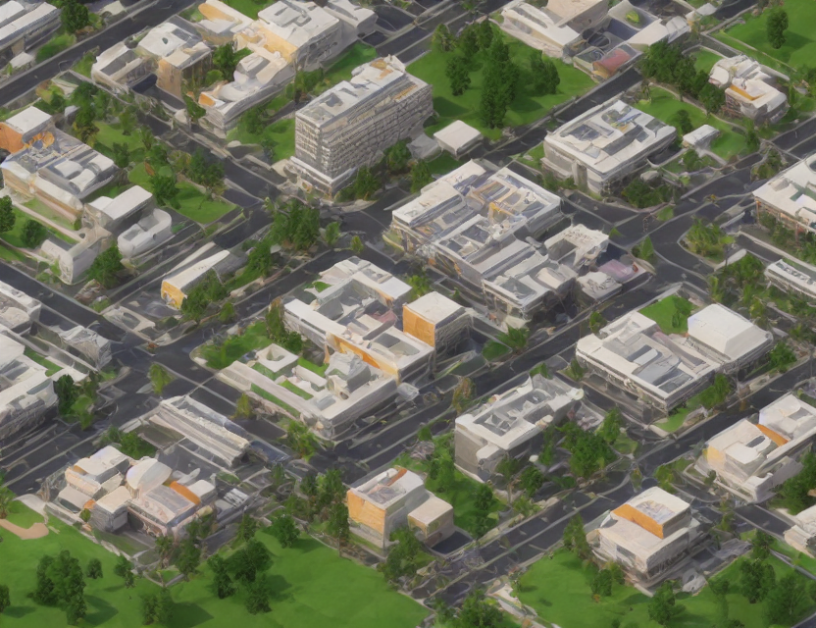Neural Architecture Search (NAS) is a rapidly growing field in machine learning that automates the design of neural network architectures. In this article, we provide a comprehensive review of heuristics for NAS, focusing on their strengths and limitations. We also discuss the challenges associated with scaling up these heuristics to larger and more complex problems.
Heuristics for Neural Architecture Search
NAS heuristics are methods that guide the search for optimal neural network architectures. These heuristics can be broadly classified into two categories: autoregressive (AR) and non-autoregressive (NAR). AR heuristics learn "fine-grained" construction graphs, which are heavily conditioned on the obtained partial solution, whereas NAR heuristics only consider the input problem transformation and the outputs of previous modules.
Advantages and Limitations of NAS Heuristics
The advantages of NAS heuristics include their ability to efficiently search for optimal architectures, their flexibility in handling different types of problems, and their potential to improve performance. However, these heuristics also have some limitations, such as their reliance on complex neural networks, which can be computationally expensive to train and evaluate, and the difficulty in scaling them up to larger and more complex problems.
Challenges Associated with Scaling Up NAS Heuristics
Scaling up NAS heuristics to larger and more complex problems is a significant challenge. This is because the computational cost of training and evaluating neural networks increases exponentially with the size of the problem. As a result, scaling up NAS heuristics requires developing efficient algorithms that can handle large-scale problems while minimizing computational costs.
Future Research Directions
To address the challenges associated with scaling up NAS heuristics, we suggest several future research directions. These include developing new heuristics that are more efficient and scalable, exploring new search spaces and strategies, and integrating domain knowledge into the search process. Additionally, we recommend investigating the use of parallel computing and distributed computing techniques to accelerate the search process.
Conclusion
In conclusion, NAS heuristics have shown promising results in automating the design of neural network architectures. However, scaling up these heuristics to larger and more complex problems is a significant challenge. Addressing this challenge will require developing new and more efficient algorithms that can handle large-scale problems while minimizing computational costs. By pursuing these research directions, we can further advance the field of NAS and improve its ability to automate the design of neural network architectures.



